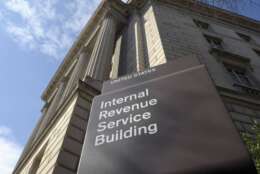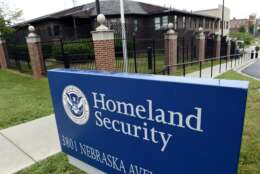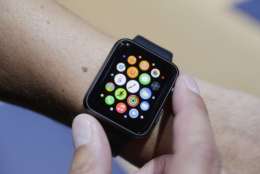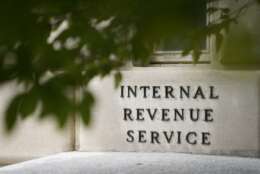Hubbard Radio Washington DC, LLC. All rights reserved. This website is not intended for users located within the European Economic Area.
Special bulletin review: Secure remote workforce
Sponsored by


How the DEA made the move away from the pre-COVID office life to telework was aided by already having the foundation in place.
Read moreThe 1,600 employees of the National Science Foundation started working from home in March – a familiar story to so many across the country. But NSF might have been a little more prepared to make the switch.
If federal agencies were constantly on guard the past several years, as cyber-attacks grew in intensity and effectiveness, the past several months of the pandemic, has dumped fuel on that fire of fear and paranoia.
Protection of mobile devices is more important than ever. More than securing devices and mobile workforce per se, it’s important to think of this effort as helping secure the agency enterprise itself.
-
IRS has 37,000 webpages. About 2% get nearly all of its traffic
The IRS is tapping into billions of dollars in multi-year modernization funds to provide a higher level of customer service to taxpayers.
-
DHS names China, AI, cyber standards as key priorities for critical infrastructure
Agencies that oversee critical infrastructure are developing new sector risk management plans, with cybersecurity continuing to be a high priority.
-
Robust data management is key to harnessing the power of emerging technologies
Comprehensive data management is key to unlocking seamless, personalized and secure CX for government agencies.
-
VA looking at ‘smart home’ tech to keep aging, disabled vets living independently
A smartwatch saved the life of VA’s chief health technology officer. The department expects this device data can also save the lives of other disabled vets.
-
Energy working with renewables industry, cloud providers on cyber requirements
CESER’s work with cloud service providers comes amid growing threats to critical infrastructure, as well as questions about cloud security responsibilities.
-
IRS adds another state to Direct File, as House Republicans seek to defund it
About 580,000 Oregon residents will be eligible to use the IRS’ Direct File platform next filing season, as long as the program remains funded.
-
USINDOPACOM Mission Partner Environment success: A blueprint for CJADC2 path forward
DoD can duplicate USINDOPACOM’s transformation to rapidly implement multi-enclave environments on a broader scale in support of CJADC2.
-
NSF initiative aims to bring better data to the cyber workforce challenge
Policymakers often talk about a cyber talent gap, but official data on the national cyber workforce is also in short supply.












